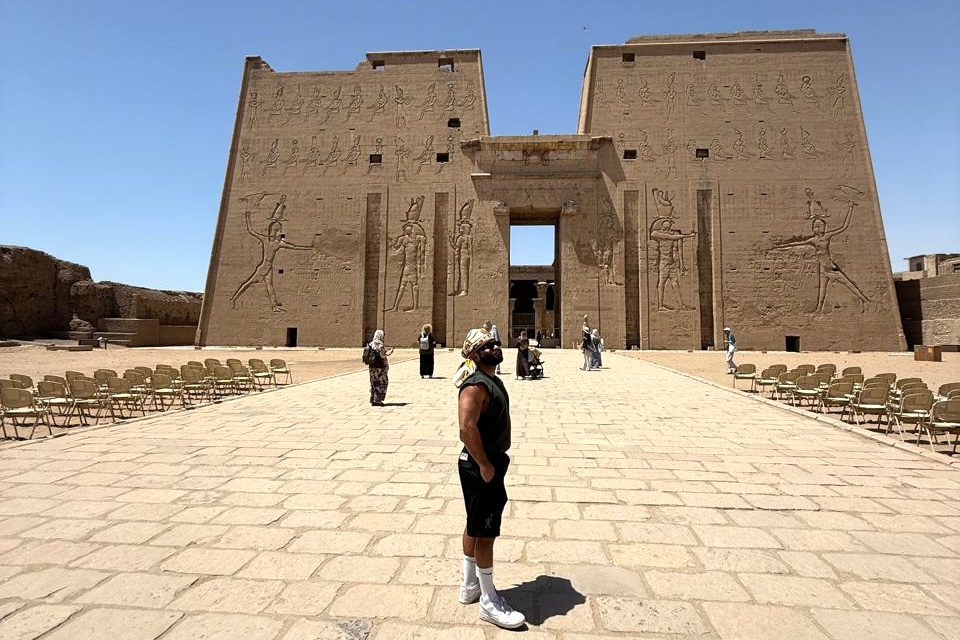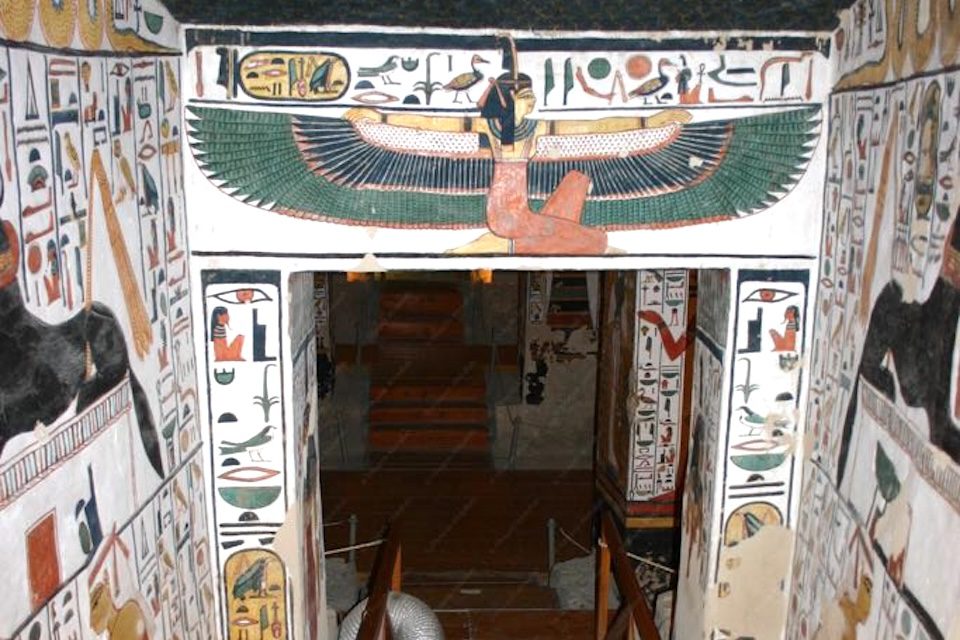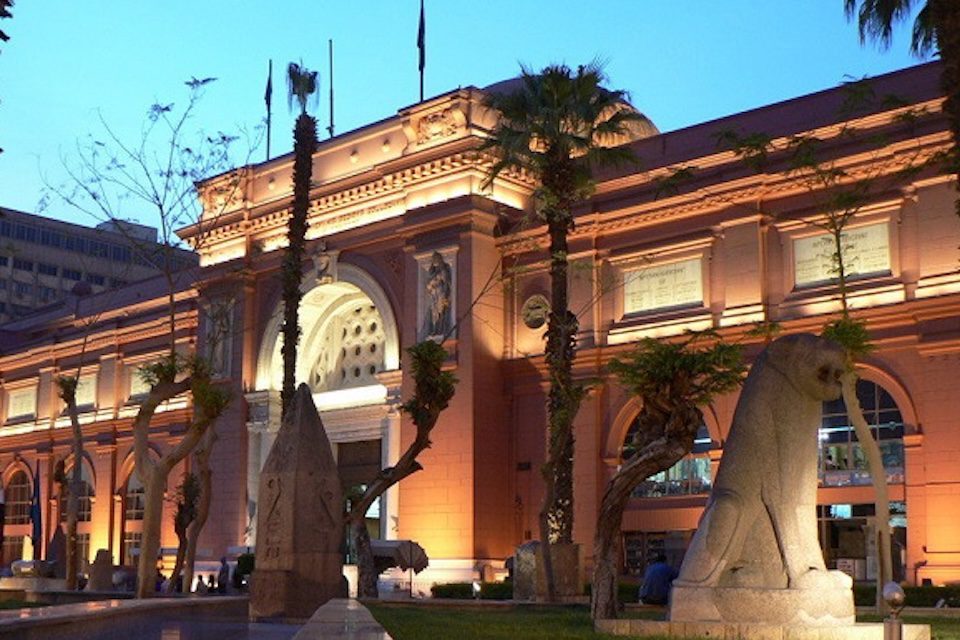Things To Do in Egypt.
Saving a fascinating history that dawn to the civilization of the world makes Egypt the best and oldest destination on earth to travel. This is a cradle of majestic temples and pyramids that has always captured the imagination of travelers for thousands of years. This is a land that is endowed with ancient monuments and natural attractions that beckon travelers. Having vast tracts of desert land makes this place a destination, a place for you to tour. Having the superb scuba diving at the famed Nile and vast tracts of land creates something for everyone.
Egypt’s ancient civilization has left a mark on mankind’s imagination as fertile and invigorating as the Nile Valley’s path through the desert.
The earth’s warm-up after the ice Age had covered the land with tropical rainforest, but this dried out into the Sahara’s arid wasteland, leaving only a few pockets of greenery at the oases and along the banks of the Nile river .it was there that stone Age hunters and fisherman settled to grow crops and rear cattle from about 3000 B.C.
Their rulers, the pharaohs, united north (lower)and south (upper) Egypt into one country, with its capital moving from Memphis (just south of modern Cairo) to Thebes (Luxor).
Egypt became the dominant power in the eastern Mediterranean for the next 1,500 years. Rich farmland and the treasures of its craftsmen attracted invaders from Palestine, Libya, and Persia. The Greeks and Romans followed, and then a long succession of Byzantines, Arabs, Turks, British, and French until independence was achieved in the 20th century. The conquerors come and go, and the pyramids still stand.
Hieroglyphics and Pyramids.
In 3000 Bc, the Egyptians developed the art of writing, borrowed from trading partners in Mesopotamia (modern Iraq), into their system of hieroglyphics. This combination of pictorial and phonetic symbols served not only to record prayers, hymns, and other religious texts, but also to draw up inventory for the grain harvests and accounts for business. The top scribe was the pharaoh’s right-hand man. He combined his writing talents with those of a high priest, doctor, astronomer, mathematician, and architect. The most famous of them was Imhotep, who designed the first pyramid as a mausoleum for King Djoser at Saqqara, around 2680 Bc. This stepped structure was followed by King Khufu’s sheer-faced Great Pyramid at nearby Giza. It faithfully reflected the pyramidal political system in which the divine pharaoh was the pinnacle, and the people who built it formed the base.
Discover Egypt: Top Things to See & Do
Egypt, the land of the pharaohs and ancient civilizations, dazzles everyone with its timeless monuments! Explore the pyramids and the Sphinx especially, immerse yourself in the vibrant, intricate hieroglyphic carvings of ancient temples like Karnak and Abu Simbel, and wander with us through the secrets of the legendary Valley of the Kings. Alongside these ancient masterpieces, discover vibrant and exciting Cairo, relax and enjoy the beautiful Red Sea coast, and experience the unique blend of ancient history and modern vitality that characterizes Egypt. Get ready to discover the limitless best of what you can see and do in this exceptional destination that takes you to another world.
Historical Attractions.
The Historical attractions of Egypt tell the story of Egypt as a home of the most iconic civilization of the ancient world and ancient Egypt. There are great wonders ranging from the Pyramids of Giza to the Valley of the Kings that wow most of the travelers around the world to this place. When you want to learn about the past of Egypt, then the prehistoric sites such as the Roman amphitheaters, Greek Ports, and the World War II Battle tell more about Egypt. Here are some of the Historic attractions that wow travelers to Egypt.
Ancient Temples.
The Egyptian Society took religion as the epicenter of their day-to-day lives. The temples were always the place where people used to bring their offerings to the gods, and they also used to house the various festivals that took place throughout the year. The tremendous social and political power that was possessed by the temples made them critical in Egyptian society. From prehistoric times to date, the temples have become pivotal tourist attraction centers in Egypt. The ancient Egyptian Temples are classified into.
Egyptian Pyramids.
Egypt was once regarded as the wealthiest and most influential civilization in the world, and this was the time in which the Pyramids were built. One of the most famous Pyramids in Egypt is are Great Pyramids of Giza. The pyramids reflect the unique role that the Pharaohs and the Kings played in the ancient society of Egypt. The monuments are tombs where the Pharaohs and their wives were buried. The tombs that were carved in the rock and covered with a flat-roofed rectangular building are known as the ‘Mastabas.’
The oldest Pyramid in Egypt is at Saqqara, known as the Step Pyramid, and it was built by King Zoser around 2630 B.C. The most celebrated Pyramid is the Great Pyramid of Giza, which is located on the west bank of the River Nile few kilometers from modern-day Cairo. This is the only surviving structure is exists from the seven wonders of the ancient world.
Museums in Egypt.
The museums in Egypt provide an intimate knowledge of the country, thus providing an ultimate adventure in Egypt. The Egyptian Museum houses mummified remains of Pharaohs, a Chronological timeline of the history of the Egyptians, and artifacts that date back over 5000 years of history. We do have great and world-class state-of-the-art museums, such as the Egyptian Museum, which has excellent collections. Thus, it’s regarded as the treasure trove of the Pharaonic world. The Other Museums in Egypt include: the Luxor Museum in Luxor, the Nubian Museum in Aswan, the National Museum in Alexandria, and the Library of Alexandria Museum.
The Cult’s Temples.
A place that was dedicated to the gods for worship purposes and where priests used to perform rituals and ceremonies as they gave offerings. The temples include: Luxor Temple, Karnak Temple.
Mortuary Temples.
The mortuary temples in Egypt were a place where pharaohs’ funerary cults were performed to offer food, oils, fruits, clothes, and more for the Pharaohs, who departed; they include Hatshepsut’s Mortuary Temple, the Ramesseum, and Medinet Habu.
Ancient Churches.
The ancient churches are a part of the diverse, vibrant, and significant history of Egypt. The Egyptian history has been shaped a lot by Christianity, and this is seen in the Bible Stories about the Israelites and the Egyptians’ turmoil. For you to learn about the Coptic History of Egypt, then touring the following ancient churches will provide you with the knowledge that you require;
The Hanging Church.
The official name of the hanging church is Saint Virgin Mary’s Coptic Orthodox Church. The Church is built on top of an old Babylon Fortress and has a nave suspended above the passage. This is what makes the church unique and gives it its unusual name.
The Cave Church.
Saint Mary’s Church in Maadi is one of the greatest tourist attractions features that is dating back to the 19th century.
Cultural Attraction.
The Egyptian cultural tourism has traversed the economic value of Egypt. Egypt has vibrant cultural tourism that rose alongside Egyptology.




